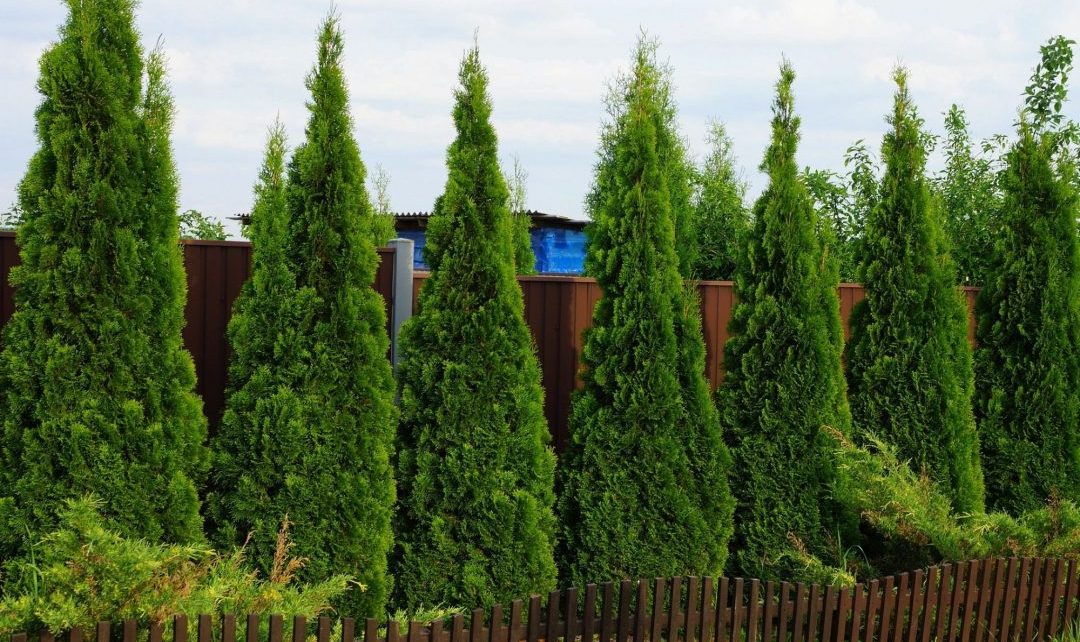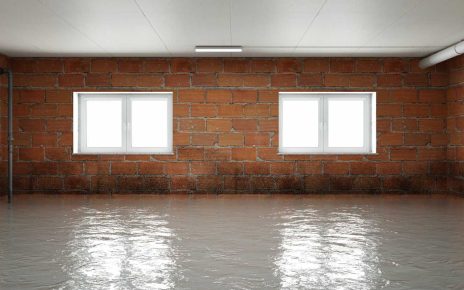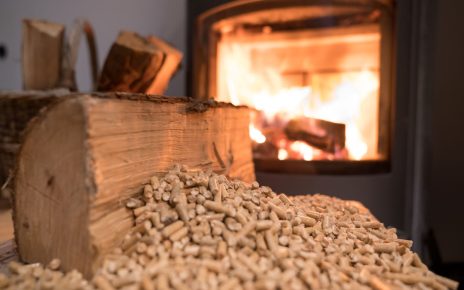Evergreen trees and shrubs are an essential part of any landscape. They provide year-round interest, add structure and color, and can be used as a barrier between your house and the world around it. If you’re designing a new or remodeling a backyard, here’s how you can incorporate these beautiful plants into your yard.
It doesn’t matter if you’re creating a small private retreat or a large estate home; adding evergreens is one way to create a sense of continuity throughout your property. Evergreens work well in areas that need extra privacy, such as backyards, patios, and balconies. This makes them great for smaller spaces where you want to protect your view from neighbors but still have some greenery to enjoy.
You may also consider using them for their visual appeal. When the season changes, evergreens stand out against everything else, including snow and ice. You’ll also be able to see through them to the natural beauty outside. This provides a natural backdrop for your home — perfect when you’re trying to capture a certain look in your outdoor living space.
In addition to providing beauty, evergreens are drought tolerant. You don’t have to water them constantly. They thrive in the shade and will grow just fine in partial sun, even on dry soil. You can plant them at various heights to maximize sunlight exposure and make sure they get enough water.
There are many different types of evergreens available, so let’s take a closer look at three popular options. We’ll start by talking about why planting evergreens is important, then move onto types of evergreens and what you need to know before you buy.
Planting evergreens is important for several reasons. First, they offer year-round interest, which adds more than just aesthetic value. Second, they can act as a physical barrier (for example, a hedge) and help keep out intruders. And finally, they offer both privacy and protection from harsh weather elements like heat and cold.
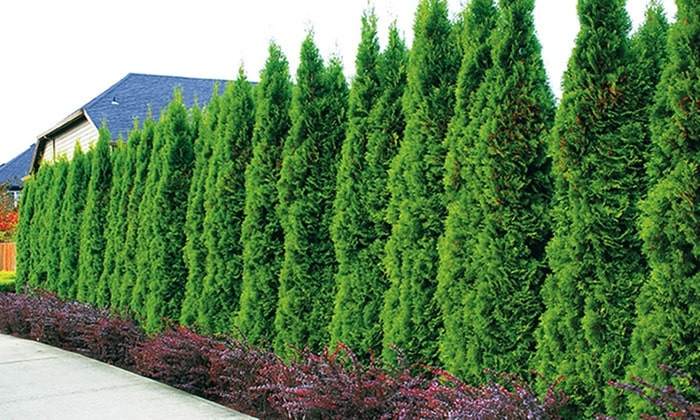
Types of evergreens
The most common type of evergreen you’ll find growing in nature is the spruce tree. It’s a coniferous tree and has needles instead of leaves. Other evergreens include hemlock, pine, and cedar. Each has its own unique characteristics, but all require different care. For example, pines and cedars are often used as hedges because they come in a variety of sizes. But they do not tolerate wet or heavy soils very well.
Other types of evergreens are deciduous, meaning they lose their foliage during winter. These include maples, sumacs, hollies, and dogwoods. While deciduous evergreens are generally used as hedges, maples can be planted as specimen trees or borders. Dogwood is commonly used as hedging, while holly is often used as a holiday display.
Before buying an evergreen, there are a few things you should know. The first is whether it requires full sun or partial shade. Most evergreens prefer shade, but some are hardier than others. Some types, such as boxwoods, hydrangeas, azalea, and camellias, can handle full sun. Others, such as arborvitae, junipers, and cypresses, need shade.
Another factor to consider is wind resistance. Evergreens can blow over easily, especially if they aren’t trained properly. They tend to do best when they receive plenty of rain to root themselves. If you live in a region that experiences high winds, you may choose to place your evergreen in a location that offers more stability.
Finally, remember to give your evergreen proper maintenance. Prune back branches to prevent overcrowding and allow light to reach the lower parts of the plant.
These are the various benefits of planting the trees on regular basis. It proves to be a good option for both the environment and heath of the people. A person can get the detail on luxuryscreens.co.uk regarding the various planting option and benefit that it provides to the people.
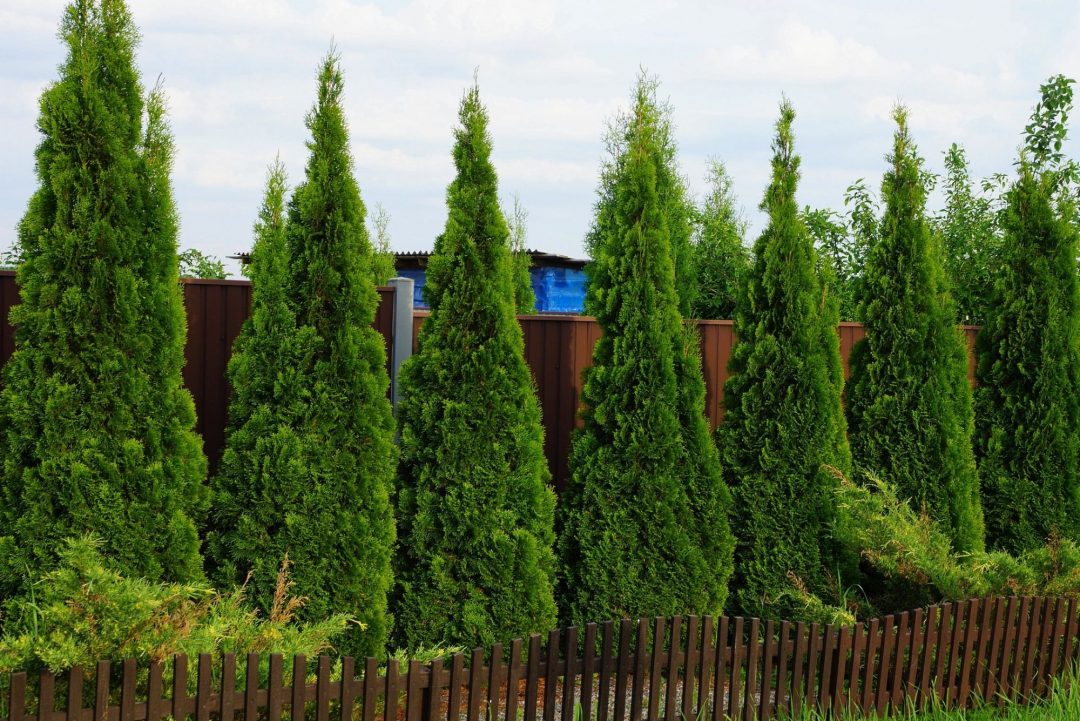
How to plan an evergreen design
When planning your evergreen design, think about your goals. Do you want to create a screen? A privacy wall? Or maybe you simply want to add texture to your garden. Whatever the case, we recommend considering the following points:
– Height:
Choose an evergreen that grows tall enough to block views of your house or other structures in your area. Also consider height when selecting the type of evergreen you want to plant. Pines typically grow taller than other evergreens.
– Density:
Think about how much foliage you’d like to see around your home. You might want a dense hedge, where every branch is covered in leaves. Or you could go for a more open appearance, with smaller branches. In this case, you’ll want to select a plant species that produces lots of side shoots.
– Formality:
Consider the shape of the evergreen you want to purchase. Some plants, such as spruces, are shaped differently depending upon where they’re grown. For example, a tree grown in Washington state would likely be wider and straighter than one grown on the east coast, since conditions vary significantly from state to state.
– Texture:
Select something that looks interesting, whether it’s a tall, upright form or a low-growing ground cover.
Now that you’ve thought about the factors above, it’s time to actually pick an evergreen. Here’s what you need to know:
– Look for a mature tree.
Evergreens usually bloom after they’ve been growing for several years. That means you won’t find the right size tree to buy until you’ve waited a while.
– Select a native plant.
Native plants are easier to maintain, because they’re already accustomed to local soil and climate conditions. They’re also less expensive to replace if they die.
– Check the label for information about watering requirements.
Some plants need regular watering to survive, while others can get away without water for extended periods.
– Look for signs of disease or insects.
Diseases and pests love to spread quickly through the air and can cause serious damage to your new plant. Be sure to check the package for any warnings before purchasing.

